Camera trap, game camera, trail camera, wildlife camera, and remote camera are all terms that refer to cameras mounted in the great outdoors to take photos or videos of wild animals that pass through the camera’s detection zone. Livestock owners use them to identify lurking predators, hunters use them to plan their hunting expeditions, and both scientists and amateur wildlife enthusiasts use them to study animal presence and behavior.
There are many wildlife cameras on the market to choose from, ranging in price from about $30 to $600, and you will find some reviews here. More expensive ones probably give you better quality images. However, the possibility of theft is an important consideration for something you will be leaving unattended outdoors. So I’ve opted for models in the low-intermediate price range. I have these three Moultries, and all take nice photos and have a video mode:
Moultrie Game Spy M80-XT Infrared Flash Camera
Moultrie M-880 Low Glow Game Camera
Moultrie M-990i No Glow Game Camera
Trail cameras have infrared sensors that trigger the camera take a photo or video. If you remember from high school science, infrared waves are not within the spectrum of visible light, but their energy can be felt as heat. What this means, then, is that these cameras are detecting the heat emitted by bodies as they move by.
How to set up a camera trap: Where?
If you are using it to determine what has been lurking around your chicken coop or barn, the answer is obvious. If you’re just hoping to get interesting wildlife photos, it will help you to learn the tracks, scat, feeding signs, and habitat preferences of your target animal(s), so you can find an appropriate location. For now, my own goals are pretty nonspecific. I want good photos of as many species as possible. So my approach is to find a location where there is likely to be a lot of wildlife activity. To that end, here are some ideas:
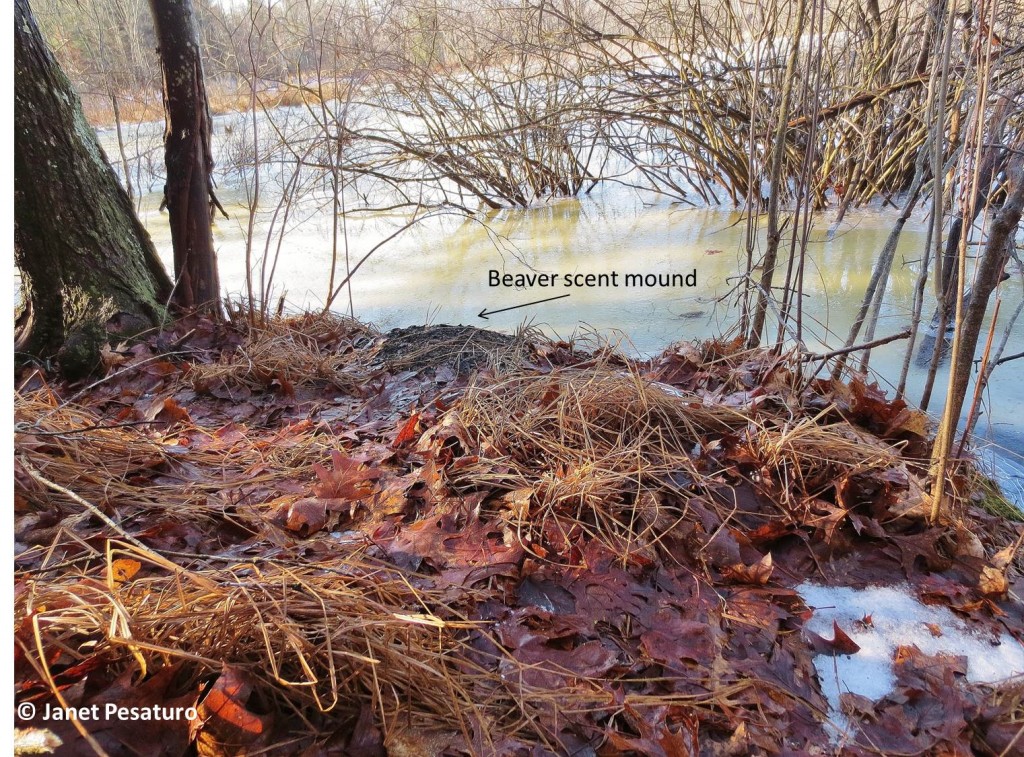
View of beaver scent mound from wildlife camera. The view is large enough to capture animals approaching by land or water, and photos can be cropped if necessary.
- Near a beaver wetland, since they are wildlife magnets.
- Near a beaver scent mound, especially in spring, when beavers are “refreshing” these mounds with their castoreum. Other animals come and sniff these, so you might see more than just beavers.
- Near a stream, river, lake, pond, or other wet area.
- An animal carcass, from which many other animals will scavenge. I occasionally find a deer carcass in the woods that probably died from internal injury after collision with a car. This is a great place for a camera.
- A log or stump that has fresh sign of an animal gnawing it or tearing it up. You might find out what has been creating that sign.
- A hole in the ground or in a tree, or a crevice within ledge or between boulders, that appears to have recent animal sign around it (tracks, scats, digging, claw marks, remains of feeding, etc.)
- Any area of high wildlife travel. Look for a game trail near an “ecotone“, the transitional zones between two or more habitat types.
- Mount it were there are no branches, etc., within the line of view between the camera and the target area. Vegetation waves in the wind, and can trigger the camera, resulting in many photos with no animal.
- To avoid theft, don’t leave your camera near a human trail, or anything else that attracts a lot of human activity.
When?
Of course you can set it up whenever you want but there are a few things to keep in mind.
- Your target animal might use different habitats in different seasons. For example, moose feed in wetlands on aquatic vegetation in spring and summer, but on mast, twigs, and bark in upland areas in fall and winter. So if you want photos of moose in a wetland, mount the camera in spring or summer.
- It’s sometimes appealing to mount your camera when there is snow cover, when tracks and scats are obvious, making it easy to determine areas of high wildlife activity. However, be aware that you will leave your own tracks behind, and it’s irresistible for curious humans to follow other people’s trails. This could invite theft. One way around that is to mount it the day before a snow storm is expected, so the snow will soon cover your tracks.
How?
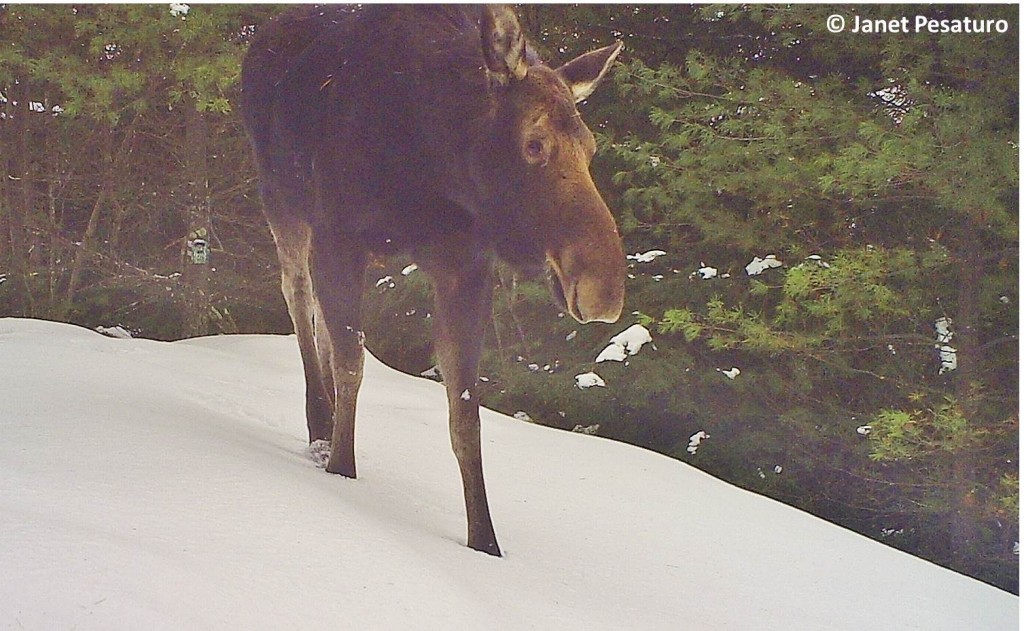
Not expecting photos of moose, I had positioned the camera which took this photo to capture shorter animals, such as the bobcat in the photo at the top of the page.
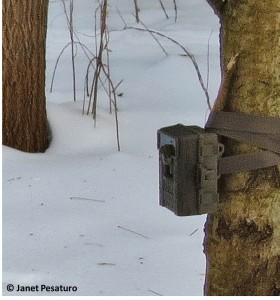
Here, I jammed a stick between the camera and the tree, to make the camera point exactly as I wanted it.
Mount it on a tree or shrub, or even a branch that you’ve stuck into the ground, facing whatever it is you think is attractive to your target animal(s). Depending on the size of the animal you expect to photograph, you’ll probably want your camera 2-10 feet from the focal point, and 2-6 feet off the ground.
Be sure you’re getting the view you want, by checking it with a simple trick I learned from a fellow tracker: Hold your pocket camera right in front of the trail camera, take a picture with the pocket camera, and check it to see if you’ve got the view you want. Raise or lower the camera as necessary. If it needs to be tilted forward or upward, you can cram some twigs between the camera and tree. You can see how I did this in the photo at right.
The bait debate
A variety of edible and inedible baits have been used to attract animals to wildlife cameras. If it is not your property, the short answer is that you should ask the land owner for permission and consider the potential impact on people, pets, and livestock. Rather than provide a list of baits, I thought I’d touch on issues of importance:
- If you leave edible bait without permission, land owners could make a case for littering.
- Depending on where you live, some baits might attract bears, wolves, cougars, coyotes, etc., which could be dangerous if it is close to trails traversed by humans, or land used by livestock.
- Avoid using dead livestock or pets as bait, because wild predators might develop a taste for these animals and attack living ones.
- Roadkill is a good choice, if you’re after pictures of scavenging predators, and if it’s legal to move it off the road (law vary by state).
- Baiting influences wildlife behavior. Smelly bait in your yard might attract animals that don’t usually traverse the property. So, for example, your backyard trail cam photos would be telling you what comes around when you leave that smelly bait, not what normally passes through your backyard.
- Bait might attract roaming dogs and cats, as well as wildlife.
Baiting could also adversely impact wildlife. For example, I once purchased a little contraption designed to periodically make the sounds of a rabbit or mouse in distress. I decided not to use it, after thinking it out: Imagine you are a desperately hungry bobcat who must find a decent meal if you’re going to survive the upcoming cold snap. You hear the sounds of a rabbit crying, and sneak over to investigate, hoping to discover a nice plump, injured snowshoe hare. By the time you figure out the sound is coming from an inedible hunk of junk, you’re even hungrier, and you’ve wasted precious time and energy.
How long to leave your camera in place
Unless the camera is in your yard where you normally spend a lot of time, avoid checking it more than every few weeks or so, because frequent visits could deter wildlife. Keep in mind that it could be months before you get photos of your target animal, especially if it is a widely ranging and sparsely distributed species, like a bear.
For a great blog solely on one man’s adventures in camera trapping, see Camera Trap Codger.
Have a question about camera trapping, or want to share your own experience? Please leave a comment!
Shared on: Homesteaders Hop #1, Simple Life Sunday #6, Natural Living Monday, Homestead Barn Hop #148, Homemade Mondays#69, Thank Goodness it’s Monday #59, 104 Homestead Blog Hop #8, Wordless Wednesday #81, Backyard Farming Connection #69, Tuesday Greens #61, Tuesdays with a Twist #47, Wildcrafting Wednesday #126, Wicked Awesome Wednesday #149, Down Home Blog Hop #77, HomeAcre Hop #59, Mountain Woman Rendezvous #36, Freedom Fridays #17, 104 Homestead #9, Simple Living Saturdays, Simply Natural Saturdays, Simple Saturdays #12











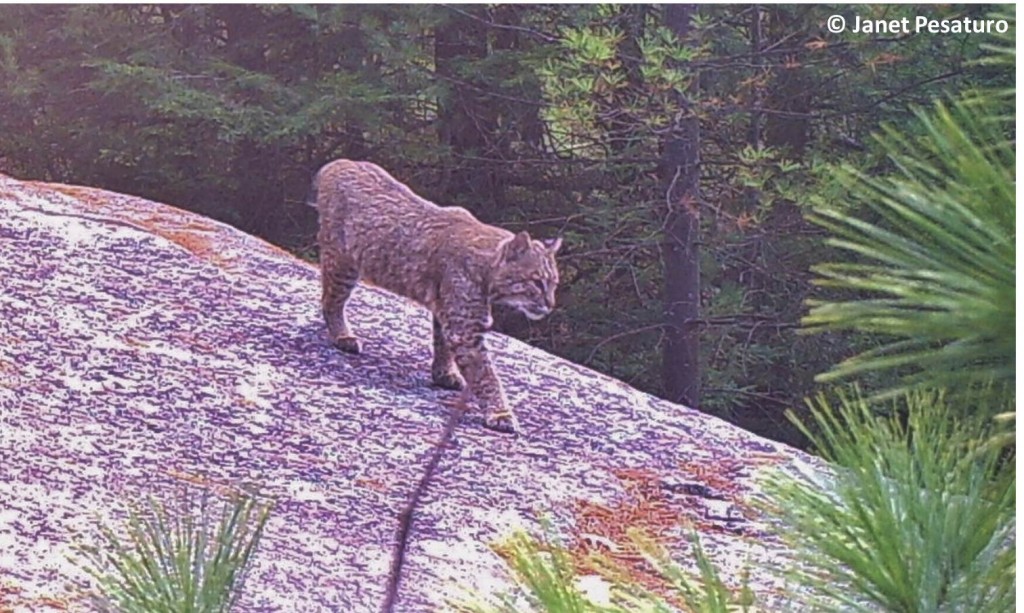
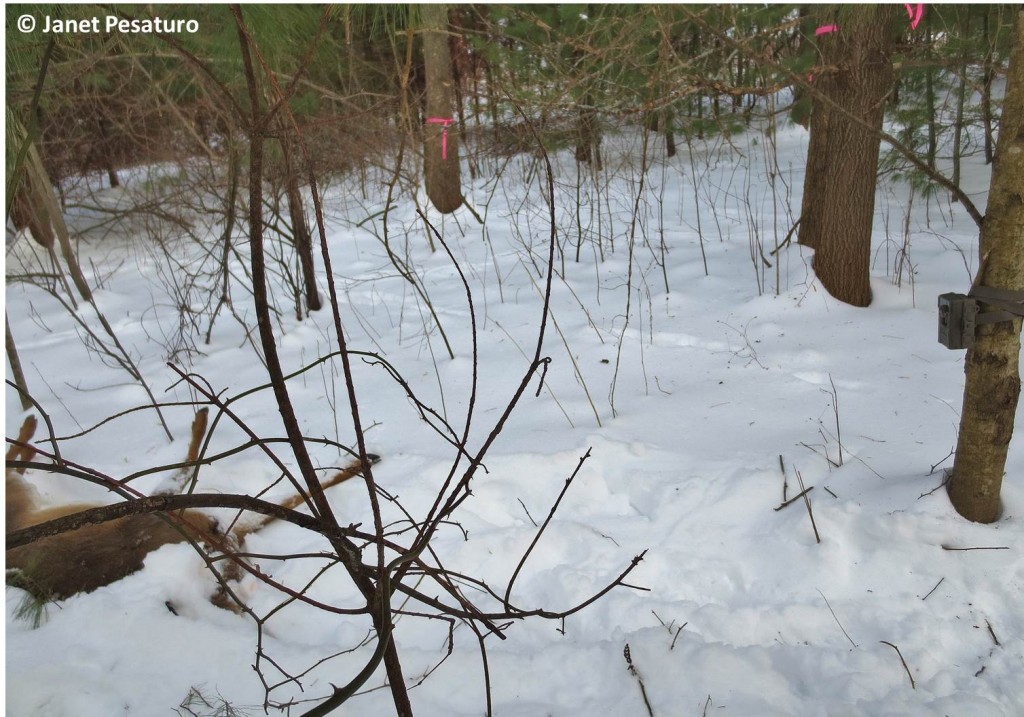
Dropping by from the HomeAcre Hop to thank you for this informative post. I’m going to pass it on to my son who will also enjoy it.
Hi, I came across your website when I was searching on trail cameras. I have had a bobcat trail camera project going on for over 2yrs now and would love to hear more about the bobcat images you have gotten.
Hi Debi. Sure, what would you like to know about them? Eventually I would like to devote an entire post to bobcat camera trapping, but I want to get a few more photos, first. Let me know if you have any specific questions now.
Pingback: Gray Fox Caught by Camera Trap - One Acre Farm
Would these be the right kind of thermal cameras for this?: www dot thermalimagecamerastore dot com
No, they are not. See examples I give in 2nd paragraph.
After checking out a handful of the articles
on your website, I truly appreciate your way of writing
a blog. I bookmarked it to my bookmark website list and will be checking back in
the near future. Take a look at my website
as well and tell me your opinion.
Hello, I just wanted to let you know that I am the person behind realcountryliving.com and I did not leave that comment here. Someone has used my name to leave spam and I just wanted you to know that I don’t leave spam. I apologize for this and for whoever was rude enough to do this in someone else’s name. You have a lot of great info here, so keep up the good work. Deena
Thanks for stopping by, Deena, and for clarifying that it wasn’t you spamming.
Pingback: Survivalism, Technology, and Sustainability - One Acre Farm
Pingback: Can You Combine Technology and Sustainability? | The Survival Bug
How long do the batteries work in these trail cameras?
Depends on how you are using the camera, and the type of batteries (e.g., regular batteries or lithium batteries)
Pingback: How to Get Started Tracking Animals: 16 Tips & Resources -
Pingback: The Truth About Trapping: An Honest Look at a Controversial Topic -
My problem is getting the camera to trigger once an animal crosses in front of it. It is in my yard, I will see animals go in front of it, then no photos. No problem catching people mowing that are much further away and such. I have tried different heights, different, areas, etc. i have two different cames set up. I forget which.
If it gets people walking by, then you know the camera works. I’d have to see the specs for your specific camera model,see the set up, and know more about the animals that went by, to figure out the problem. If it has a long trigger delay, it will miss animals moving quickly by. If it has a short detection range, it will miss animals that are more than a certain distance away from the camera. Small or very short animals might pass by without even going through one of the cameras detection zones, and that would also cause a miss.
I’ll try and remember to grab pics. It gets people from quite a distance. I’ll have an entire group of turkeys go by that area right in front, nothing. Bunnies I can see being too low to pick up. But I have one set up right in front of a hole something lives in. I put hot dog pieces down to figure out what it is (it’s wrecking the plant), so it’s RIGHT there, hot dogs were gone, nothing on the camera. That one is set for a 5 second trigger. I made sure to throw the pieces all around to keep the animal there longer. We have a ton of ground hogs always running around, some are too low, but others are quite bit. Someone was telling me to position it a certain way (like head on vs leaving the area), but I can’t remember what he told me.
Pingback: Episode 46: How Do You Photograph Animals at Night? - Solve It For Kids - Podcast